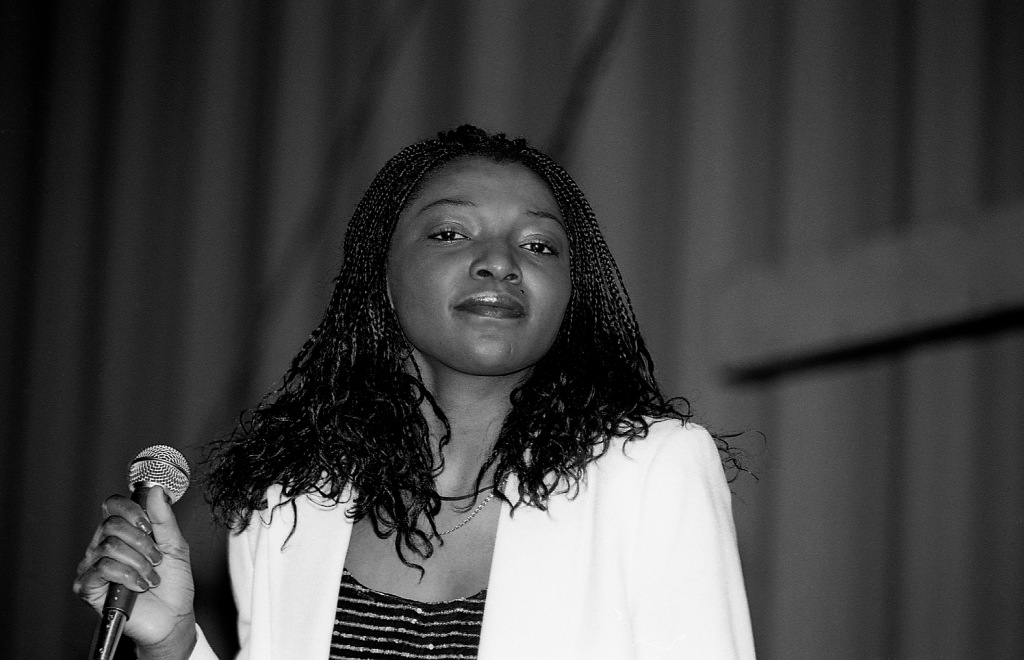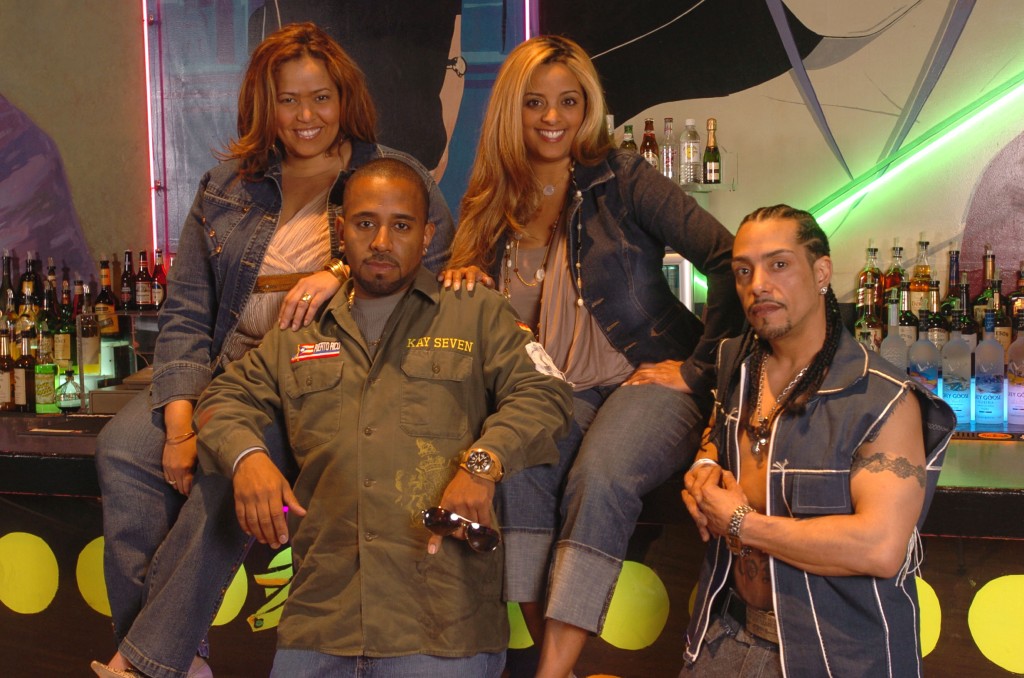Freestyle music from the ’80s, ’90s to be celebrated at Radio City
Before freestyle — the dance music born out of New York’s Latin community in the 1980s — even had a name, an underage Lisa Velez (before she became Lisa Lisa) remembers sneaking into the storied Fun House club in Chelsea, just to feel the beat.
“I remember my brother used to always go and hang out there with his B-boy friends — they were dancers,” Velez, 56, told The Post. “And he would tell me, ‘Yo, you gotta see Jellybean [Benitez] — he’s always spinning. You gotta listen, you gotta listen.’ So [at] 13 years old, I would sneak in there all the time.”
Velez would eventually take her stage name, and her band — Lisa Lisa & Cult Jam — would go on to help lead the freestyle movement with their 1985 singles “I Wonder If I Take You Home” and “Can You Feel the Beat.” The Hell’s Kitchen native will join a host of other New York freestyle legends — including TKA (“Louder Than Love”), Judy Torres (“Come Into My Arms”), crooner George LaMond, crossover act the Cover Girls and Cynthia, the girl half of 1990 hit “Dreamboy/Dreamgirl” — at a Radio City extravaganza on Friday. It’s the perfect time to celebrate the genre — 40 years after Shannon’s “Let the Music Play” started heating up the charts in 1983.
“It was a phenomenon … and it started to spread like wildfire,” said the Bronx-born Torres, 54, who is known as the Queen of Freestyle. “And before you knew it, people were like, ‘Well, what do we call this?’ And so they started to call it Latin hip-hop first. And from Latin hip-hop, it evolved into Latin freestyle. And finally they dropped the ‘Latin’ and just called it ‘freestyle.’”
Coming out of the same era that gave us the golden age of hip-hop, freestyle had some B-boy moves of its own.
“Back in the day, they would freestyle a dance move to our music, and that became the name of the movement,” said TKA’s lead singer K7 (also known as Kayel), 56.
In fact, Lisa Lisa recalls first hearing the term in the club scene — specifically at 1018, named for the location at 10th Avenue and 18th Street, where the teams used to break-dance. “They had the linoleum floors that they would carry with them and break-dance on Broadway,” she said. “That’s when I heard ‘freestyle.’”

Although Torres believes that Shannon’s “Let the Music Play” was “definitely a precursor to the sound,” crediting its production by freestyle savant Chris Barbosa, TKA’s K7 feels that two other songs truly defined the genre. “I would personally consider Debbie Deb’s ‘When I Hear Music’ and Nayobe’s ‘Please Don’t Go’ as the first two freestyle records,” said the Spanish Harlem native, whose real name is Louis Sharpe.
As for the key elements of the sound, Torres said, “I think in a way freestyle is a combination of evolved disco and doo-wop” — with Latin rhythms, of course. “And then you have the element of love — falling in love, falling out of love, being betrayed by love.”
“I think we took it a little bit overboard with the pain,” added K7 with a laugh. “It was a Latin and Italian thing. We wanted to slit our wrists at the thought of, ‘You’re gonna break my heart again.’”

And just as those romances didn’t always go smoothly, neither did laying down those early freestyle tracks. Torres remembers the challenges of having to record around the sounds of the city in her producer’s bedroom.
“We were recording in an apartment in The Bronx, so if someone yelled something outside the window, I had to start again,” she said.
But songs such as Torres’ “No Reason to Cry,” TKA’s “One Way Love,” LaMond’s “Bad of the Heart” and the Cover Girls’ “Show Me” helped the music cross over from the clubs to the airwaves. In fact, freestyle music led a whole new era in New York radio.
“The advent of freestyle is what changed New York radio,” said K7. “There would be no Hot 97 if there wasn’t freestyle music to start off that movement.”

As freestyle faded, K7 would go on to work at Hot 97 as a DJ in the mid-’90s before moving over to WKTU in the early ’00s. Torres would also join ’KTU and had the popular “Freestyle Free for All” show. Today, she remains with the station in its adult-contemporary format while also serving as a life coach.
And, of course, Torres, K7 and Lisa Lisa are all still making and performing music. With all of them having close connections from the New York club and music scene, it will be very much a family affair at Radio City on Friday.
“The Cover Girls are girls who I grew up with. Cynthia came from my neighborhood, and her oldest son is my blood cousin,” said K7. “George LaMond is my son’s godfather. Judy Torres is one of my closest friends. And Lisa, I’ve known forever.”
Indeed, K7 actually attended Julia Richman High School in the Upper East Side with the “Head to Toe” singer, confessing that “I just had a huge crush on her.” So for him, this concert has extra special meaning: “It feels like a high-school reunion.”
Read the full article Here


